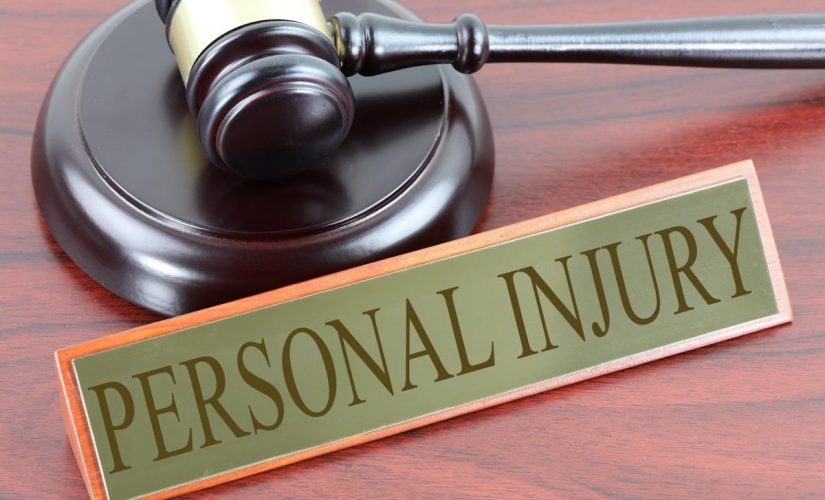Medical Malpractice and Medical Negligence: A Comprehensive Overview
Medical malpractice and medical negligence are two terms that often intertwine in the healthcare industry. They represent serious issues that can lead to detrimental consequences for patients. This article aims to shed light on these two concepts, their implications, and how they can be prevented.
Understanding Medical Malpractice
Medical malpractice refers to a situation where a healthcare professional or provider fails to meet the standard of care expected in their profession, resulting in harm to the patient. This could include errors in diagnosis, treatment, aftercare, or health management. For instance, a surgeon might perform an operation on the wrong body part, or a nurse might administer the wrong medication.
Defining Medical Negligence
Medical negligence, on the other hand, is a subset of medical malpractice. It occurs when a healthcare provider fails to take appropriate action or gives substandard care that leads to patient harm. Examples include a doctor failing to diagnose a condition that a competent doctor would have caught, or a nurse neglecting to check a patient’s vital signs regularly.
The Consequences of Medical Malpractice and Negligence
The repercussions of medical malpractice and negligence can be severe and far-reaching. They can lead to physical harm, psychological trauma, additional medical expenses, loss of income, and in extreme cases, death. According to a study by Johns Hopkins, medical errors are the third leading cause of death in the United States, resulting in over 250,000 deaths annually.
Preventing Medical Malpractice and Negligence
- Continuing Education: Healthcare professionals should continually update their knowledge and skills to provide the best care possible.
- Effective Communication: Clear communication between healthcare providers and patients can prevent misunderstandings and errors.
- Adherence to Protocols: Strict adherence to medical protocols and guidelines can significantly reduce the risk of malpractice and negligence.
- Use of Technology: Advanced medical technology can help detect and prevent errors.
Legal Recourse for Victims
Victims of medical malpractice and negligence have the right to seek legal recourse. They can file a lawsuit against the healthcare provider or institution responsible for their harm. If successful, they may receive compensation for their injuries, pain and suffering, lost wages, and medical expenses.
Conclusion
Medical malpractice and medical negligence are serious issues in the healthcare industry that can lead to severe consequences for patients. It is crucial for healthcare providers to continually improve their skills, adhere to protocols, communicate effectively, and utilize technology to prevent these incidents. Victims have the right to seek legal recourse and should consult with a knowledgeable attorney to explore their options.







